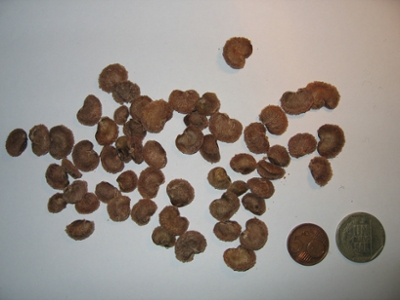
MinerAlert

MinerAlert
Myrciaria dubia
Myrtaceae
Cacari, Camocamo

Camu-camu is a small tree native to the Amazon region including Peru, Venezuela, Ecuador, Colombia, and Brazil.
Leaves, fruits, and seeds.

Photo: J Dettner / Wikipedia
Camu Camu seeds
Safety/Precautions:
Before you decide to take any medicinal herb or herbal supplement, be sure to consult with your health care professional first. Avoid self-diagnosis and self-medication: Always be on the safe side!